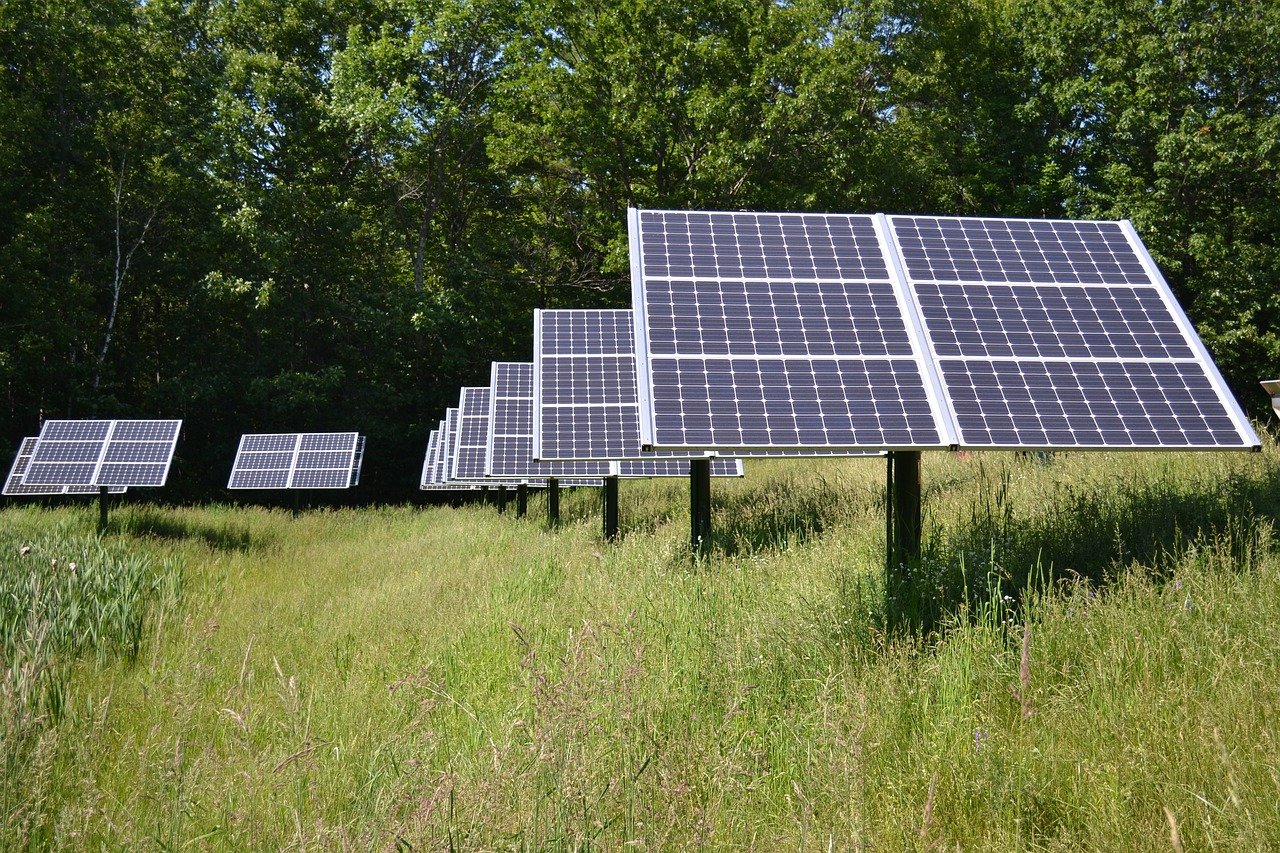Are you constantly puzzled by your high electricity bills? It’s possible that you might be dealing with a hidden culprit called the phantom load, also known as standby power. Inside “Uncovering the Secret: How to Detect Phantom Load in Your House,” you’ll discover practical methods to spot this elusive power drain in your own home. This guide enlightens you on what phantom load is, how it quietly siphons off your electricity and accelerates your energy costs, and most importantly, easy-to-follow steps to hunt down and eliminate it. So, gear up! It’s time to take control of your power consumption and bring those sky-high utility bills down to earth.
Understanding Phantom Load
Defining Phantom Load
Phantom load — it might sound like something from a supernatural thriller, but it’s a real-world concern that impacts your energy bill and overall energy usage. Also known as standby power, idle current, or vampire power, phantom load refers to the electric power consumed by electronic devices when they’re switched off but still plugged in. It’s the power that keeps your microwave’s clock running or your television ready to spring to life at the click of a button.
Causes of Phantom Load
The primary cause of phantom load is modern technology. Many devices in your house, like game consoles, computers, microwaves, and even chargers, continue to consume power even when they’re switched off. This is usually to keep certain functions running or to react quickly when turned back on.
Why Should You Care About Phantom Load
You might wonder why there’s a need to fuss about phantom load. Well, while the power consumed by a single device may seem negligible, when compounded across many devices, over time, it adds up. This not only inflates your energy bill, but it also contributes to excessive energy consumption, which has broader environmental implications.
The Impact of Phantom Load
Influence on Your Energy Bill
Phantom load can account for as much as 10% of your household electricity usage, translating into a significant increase in your energy bills. Most people are not even aware they are spending money on energy that they are not actively using.
Contribution to Carbon Footprint
From an environmental perspective, phantom load contributes to a larger carbon footprint. Increased energy consumption leads to higher demand for energy production, often from non-renewable sources, which in turn leads to more greenhouse gases being emitted.

Exploring Phantom Load Sources
Electronic Devices
Several electronic devices contribute to phantom load. From your gaming consoles and cable boxes to mobile chargers and computers – if they’re plugged in, they’re likely consuming power even when not actively in use.
Household Appliances
Home appliances like microwaves, washing machines, dishwashers, and coffee makers often have digital displays, clocks or standby modes, all of which consume power even when the appliance is turned off.
Power Strips and Extensions
Surprisingly, even power strips and extension cables can contribute to phantom load. While they seem inactive, as long as they are plugged into the socket, they continue to draw power.
Identifying Signs of Phantom Load
Higher Than Usual Energy Bills
One of the common signs of significant phantom load is a higher-than-usual energy bill. If you notice your bills are increasing without a noticeable change in your normal usage habits, ghost power might be the culprit.
Appliances Warm to the Touch When Off
Devices that are warm to the touch even when they’re turned off are likely consuming standby power. This is a clear indication of phantom load.
LED Lights Still Glowing When Switched Off
Some devices, like TVs or computer monitors, may still have faintly glowing LEDs even after being switched off, signifying that they’re still drawing power.

Tools to Detect Phantom Load
Using Energy Monitors
Energy monitors are handy gadgets that measure the energy consumption of your devices. By connecting your devices to the monitor, you can see how much energy is being consumed even when they’re off.
Smart Plugs to Detect Phantom Load
Smart plugs not only allow you to remotely control the power to your devices but often include features like energy monitoring, providing an easy way to spot devices contributing to phantom load.
Apps for Tracking Energy Consumption
Several smartphone apps can help track energy consumption. These apps can use data from your energy provider or from smart plugs and energy monitors to identify energy wastage by phantom loads.
Measuring Phantom Load
Estimating Phantom Load from an Energy Bill
One way to estimate your phantom load is by examining your energy bill. If there’s a consistent usage level during times you’re out of the house or asleep, that could indicate a significant phantom load.
Using a Kill A Watt Meter
A Kill A Watt Meter is a device designed to assess power consumption. By plugging it into sockets and devices, you can measure how much power is drawn when devices are in their ‘off’ mode.
Smart Meters and Phantom Load
Smart meters are a technological solution that provides real-time feedback on your energy consumption, including utilization by devices in standby mode, giving you a more accurate picture of your phantom load.

Reducing Phantom Load
Unplug Devices Not in Use
One of the easiest ways to reduce phantom load is to unplug devices not in use. Simply making a habit of unplugging phone chargers, televisions, and other electronics can make a noticeable difference.
Utilizing Smart Power Strips
Smart power strips can help combat phantom load. They can detect when a device is in standby mode and cut off power, thereby saving energy.
Switching to Energy Efficient Appliances
Energy-efficient appliances are designed to minimize power consumption, including the power they draw when in standby mode. Hence, switching to such appliances can help reduce phantom load.
Technological Solutions for Phantom Load
Innovative Tech Gadgets
Several tech gadgets aim to combat phantom load. These include efficient chargers that switch off when not in use, smart power bars that cut power to idle devices and even energy-efficient bulbs that use less power.
Smart Home Automation
Through smart home automation, you can schedule when certain devices are powered on or off, decreasing standby power use.
Energy-Saving Softwares
Software solutions can also help combat phantom load. For instance, applications that put your computer into sleep mode during inactivity periods, hence reducing power draw.
Case Studies on Phantom Load
Successful Reduction of Phantom Load by Households
Many households have successfully reduced phantom load, leading to significant savings on energy bills. Changes such as unplugging devices not in use, using energy-efficient appliances and adopting smart home technology all contribute to this success.
An Office’s Battle with Phantom Load
Phantom load isn’t just a home-based issue. Offices, with their myriad of computers, printers, and other electronics, often have a large phantom load. Smart power management strategies can result in significant energy and cost savings.
Sustainable Practices to Combat Phantom Load
Being Consciously Mindful of Energy Usage
Developing mindful habits around energy usage plays a fundamental role in reducing phantom load. This includes switching off and unplugging devices when not in use and being aware of the energy-efficiency of devices when purchasing them.
Promoting Sustainable Habits in Family and Friends
Spreading awareness and promoting sustainable habits within your family and friends can amplify the impact. The more people are aware of phantom load, the more they can act to reduce it.
Community Initiatives Against Phantom Load
Community initiatives can also go a long way in reducing phantom loads. This could be in the form of awareness campaigns, educational workshops, or collective challenges to reduce energy usage. Each step helps in moving towards a more sustainable and energy-efficient society.
